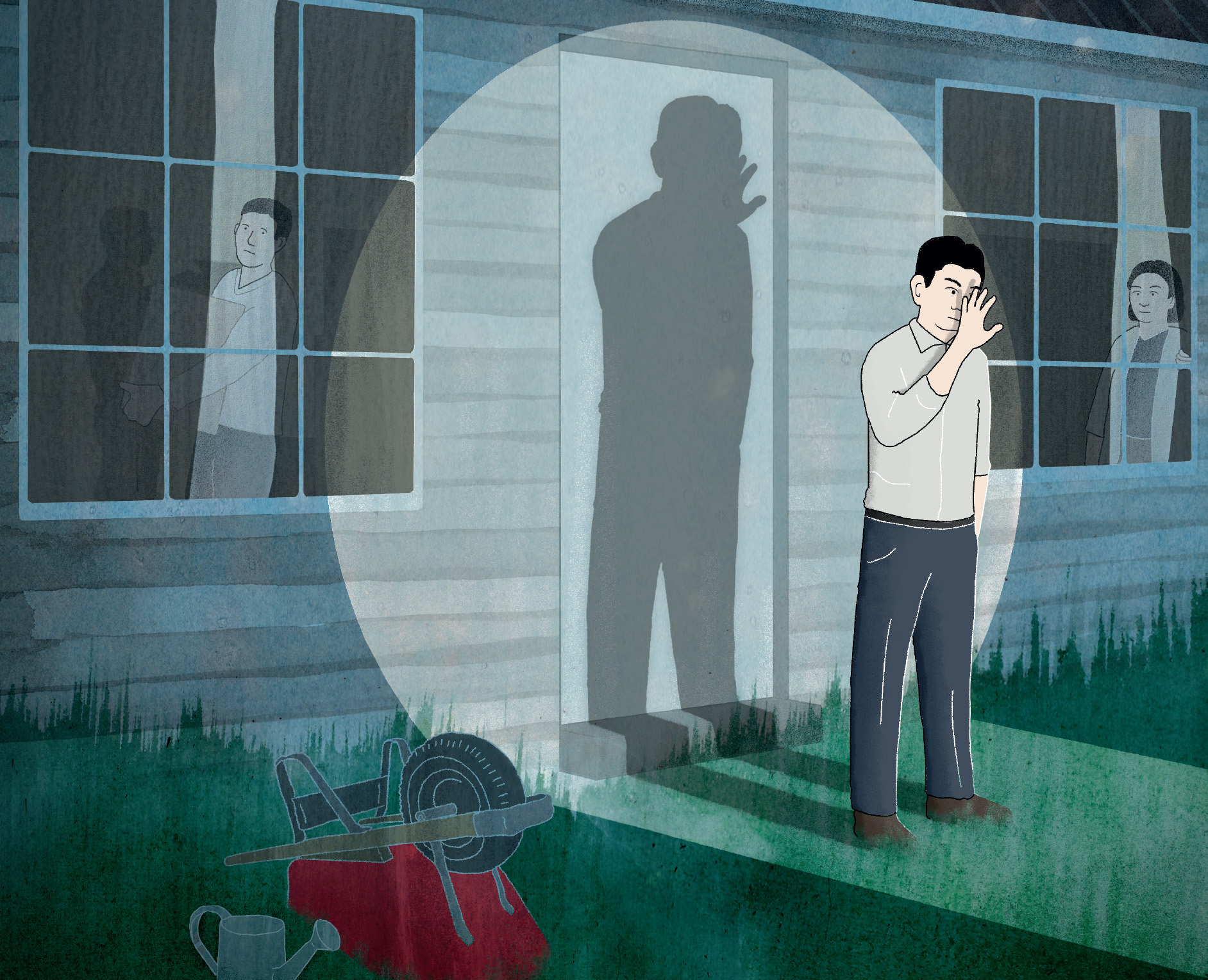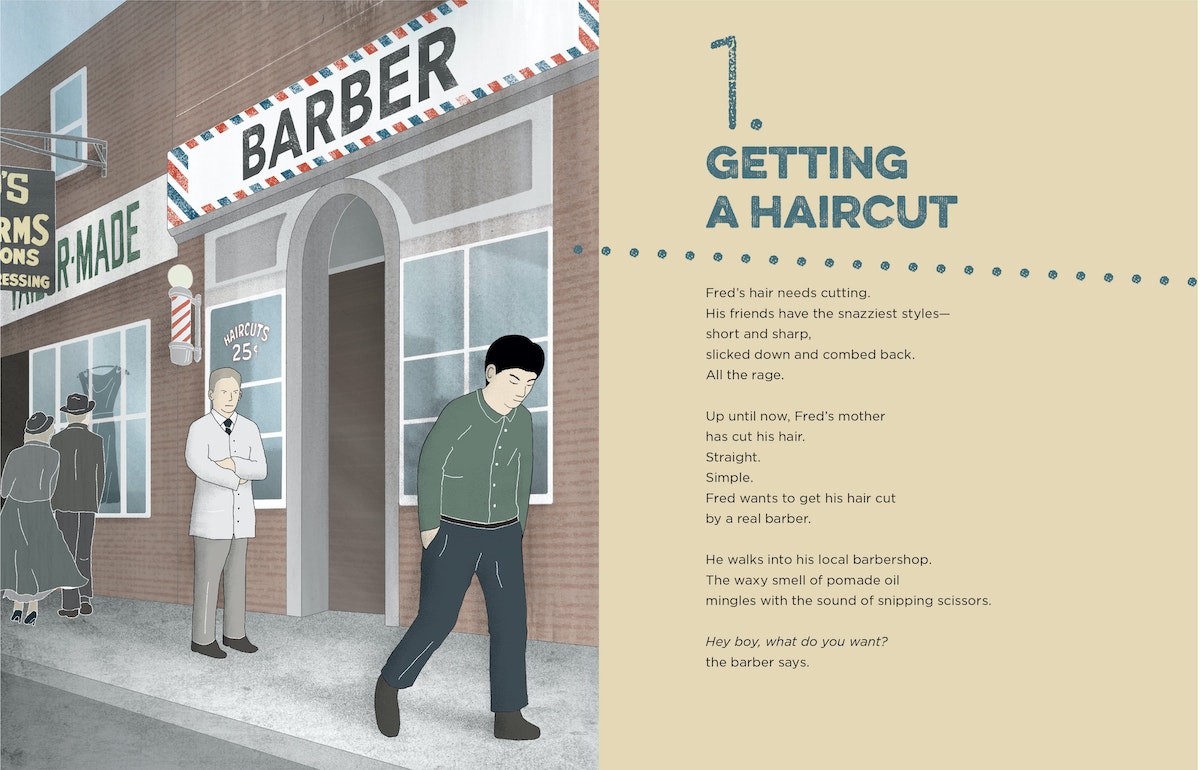10 Graphic Novels to Read Right Now

When trying to gain empathy for people unlike you, panels can be more powerful than headlines. Some of the best books published in recent years have used comics to crack open sensitive political, cultural, and historical topics. You'll note that this list isn't without bias. Graphic nonfiction is a tool more frequently used by the left, and it's hard to find many examples with a more conservative outlook—trust us, we tried. But we believe that all of the books on this list have a different perspective to offer, and can help us look at the world in a new way. Did we miss any others? Tweet us. We'd love to hear what you think.

10 graphic novels to read right now:
1. Fred Korematsu Speaks Up (Fighting for Justice) by Laura Atkins (Author), Stan Yogi (Author), Yutaka Houlette (Illustrator) profiles a Japanese-American man who went into hiding to avoid being relocated into an internment camp, and was later arrested and put in a camp until 1945. (For 10 - 13-year-olds)
2. The United States Constitution: A Graphic Adaptation by Jonathan Hennessey (Author), Aaron McConnell (Illustrator) breathes life into our nation's central document of values and principles.
3. March by John Lewis (Author), Andrew Aydin (Author), Nate Powell (Illustrator) chronicles the life of the Congressman and civil rights leader John Lewis as he fought to end segregation.
4. The Complete Maus, 25th Anniversary Edition by Art Spiegelman tells the tale of a Holocaust survivor and his son and how they grapple with the past.
5. Palestine by Joe Sacco is an eyewitness account of the Israeli occupation of the West Bank and Gaza Strip in the early 1990s.
6. Economix: How Our Economy Works (and Doesn't Work) by Michael Goodwin (Author), David Bach (Author), Joel Bakan (Author), Dan Burr (Illustrator) is an accessible, eye-popping guide to understanding the economy.
7. Persepolis: The Story of a Childhood by Marjane Satrapi is a memoir of growing up in Iran during the Islamic Revolution.
8. The Forgotten Man: A New History of the Great Depression by Amity Shlaes (Author), Chuck Dixon (Adapter), Paul Rivoche (Illustrator) is the graphic version of Amity Shlaes's nonfiction book. It highlights the struggles of the men and women of the Great Depression, and argues that the New Deal actually prolonged it.
9. Climate Changed: A Personal Journey through the Science Paperback, by Philippe Squarzoni is a stark, black and white depiction of our dependence on fossil fuels and how that's affecting our planet. French author Squarzoni sweeps through the science, economics, international policies, and politics that influence our climate.
10. Trinity: A Graphic History of the First Atomic Bomb by Jonathan Fetter-Vorm is a historical glance back at the race to build and decision to drop the first atomic bomb during WWII. (For young adults)

A spread from Fred Korematsu Stands Up about the daily grind of discrimination.
We spoke to Laura Atkins, coauthor of the new graphic novel for 4th-6th graders, Fred Korematsu Stands Up (#1 in our list, above). Google put Korematsu, the Japanese-American civil rights figure who went into hiding to avoid being relocated into an internment camp, and was later arrested, on its U.S. homepage yesterday to commemorate what would have been his 98th birthday (he died in 2005).
IDEO: Why were you drawn to the topic?
Laura Atkins: It’s such an important theme for us to pass along to kids today. I was an activist growing up, arrested twice in high school protesting against apartheid and nuclear weapons. We are entering a renewed period of activism and protest. I feel honored to have been part of a creating a book that introduces young people to a remarkable man who stood up when it was so hard to do so.
I’ve worked in the children’s book world for over twenty years on the editorial side, and with a focus on multicultural children’s books. So a book, and series, focused on people who fought for their rights, was a perfect project for me. Fred Korematsu stood up against Japanese American incarceration when very few people did. He was ostracized within his own community and rejected by his family at the time. He shows the courage needed to stand up for your beliefs. But people did rally around him over time, and he was not the only person to fight.
Why are graphic novels good ways to deal with complicated historical, cultural, and political subjects?
This isn’t quite a graphic novel, though we were definitely influenced by the graphic novel look. We did want to create a book that used visuals in a predominant way, in an effort to make the book attractive and inviting for young readers. My nine-year-old daughter will always choose a graphic novel first. And I’ve found some graphic novels that introduced me to socio-historical contexts better than just fiction (Persepolis by Marjane Satrapi and Palestine by Joe Sacco come to mind). John Lewis just received multiple awards from librarians for his March graphic novel.
I actually wrote my MA thesis on graphic novels that depicted personal memory and collective history, focusing on WWII (coincidentally). Drawing from Understanding Comics by Scott McCloud, I looked at how the interaction between text and visual elements can create a deep and complex reading experience. This is true for readers of all ages. I think graphic novels offer some of the most innovative and exciting reading opportunities today.

What did you look at for inspiration? Are there other great examples of graphic novels or other graphic treatments of historic figures/movements that you could point us to?
I read a lot of children’s book depicting history, especially in terms of our diverse country. Voice of Freedom, a picture book biography about Fanny Lou Hamer, a civil rights activist, was a big influence. I love how the author, Carole Boston Weatherford, wrote in a first person present tense voice to bring us deeply into Hamer’s experience. Marilyn Nelson writes powerful poetry to introduce us to historical figures and events. Her biography, Carver, is one of my favorite books of all time. She uses photos and a variety of voices to introduce readers to George Washington Carver, going way beyond just inventing peanut butter. Her picture book, A Wreath for Emmett Till, shows how deep and complex picture books can be. Ashley Bryan just won awards for his gorgeous and moving book, Freedom Over Me. He deals with the lack of primary source records from slave times to create and give voice to several enslaves characters, along with transcendent artwork. Freedom in Congo Square by Carole Boston Weatherford and illustrated by Gregory Christie, Javaka Steptoe’s recent biography of Basquiat, Radiant Child—so many great books out there. Kids can learn about Josephine Baker and the Shackleton expedition. I could go on and on…
Words and art

Subscribe

.svg)







